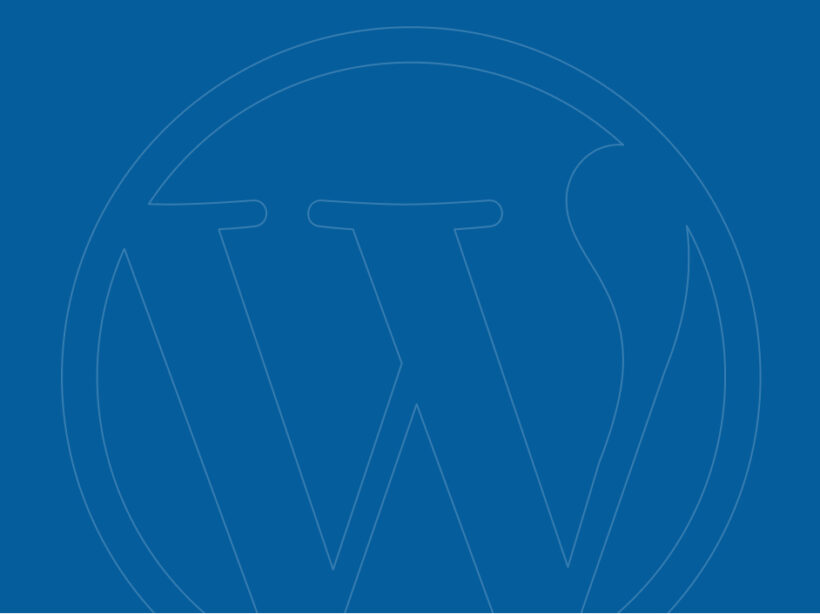Page builders are a great tool, but they’re not always the right solution. If you’re a small organization with minimal updates to your website — like changing your schedule or hours — page builders can be a fantastic option. They are simple, cost-effective, and user-friendly, which makes them a good choice for organizations with straightforward needs.
Common WordPress page builders:
These are the ones we come across most frequently here at Kanopi:
- Elementor
- Divi
- WP Bakery
- Beaver Builder
Why people like page builders:
One of the main reasons page builders are popular is because they save time and reduce costs. You don’t need a full development setup or specialized tools to get started.
Everything can be done right in the site’s interface, meaning there’s no need for code repositories (GitHub)or additional software licenses.
Heck, you can even use a public computer at your local library to make changes. This simplicity means you don’t need developers to build and manage a site with a page builder.
The trouble with page builders:
However, it’s hard to have it both ways; if your organization needs frequent custom updates, a page builder may not be the best fit. Page builders are often performance-heavy, which can slow down your site due to their reliance on plugins. And while they can be useful, they sometimes cause accessibility issues (see below) or limit flexibility. If you’re after a high level of customization or specific functionality, you might hit a wall with a page builder.
What about accessibility and performance with page builders?
Glad you asked: when it comes to accessibility and performance, page builders aren’t as “easy” and “worry free” as they may look.
Accessibility issues:
- Semantic HTML: Page builders tend not to produce semantic markup. This can prevent screen readers from properly interpreting the content.
- Keyboard Navigation: Page builders create very complex HTML for page and component layouts which can create barriers for keyboard navigation or even keyboard traps. Menus can be extremely complex, making it difficult to even navigate the menu with a keyboard, let alone a mouse.
- ARIA Attributes: Page builders do their best to utilize these but it is very easy to have them incorrect, or missing.
- Color Contract: Color is managed by the content editor which gives them great power and control. However this also very quickly can lead to an inaccessible site as the color contrast can easily and quickly fall out of the range of accessible.
- Focus state: Focus states are used by keyboard navigation. These interactive states can easily become mismanaged or used in page builders creating a disorienting experience for users.
Performance issues:
- Bloated code base: As mentioned earlier, page builders typically have very bloated code, using a lot of markup to create simple layouts, and creating loading a large amount of JS and CSS on pages. This slows down page load time.
- Large DOM size: to piggyback on the above, complex layouts and long pages can have a large DOM size due to the number of elements that it creates. This slows down the page load as you have to wait for all those elements to render
- Render blocking: Because they can load a lot of resources, internal and external CSS and JS files, those external resources may not be managed properly blocking page load until those payloads are downloaded first.
- Database bloat: Page Builders can store a ton of data in the database. Depending on your site size and host, this can drastically slow down your overall performance
In short: if you’re truly trying to build accessible, performant, websites there are still many things to work around and manage with the use of page builder tools.
(FYI: we’re big into accessibility here at Kanopi and write about it a lot, so please reach out of you have questions around this).
Moving Beyond Page Builders
We’ve worked with several clients to help them move from page builders to more sustainable, flexible solutions. Here are a few examples:
California Prevention Training Center (CAPTC) – Divi
Issue: This website was over-engineered with Divi. We redesigned and overhauled the site, removing the unnecessary complexity of the page builder and improving the overall user experience and site performance.


The California Prevention Training Center (CAPTC) website before (left) and after (right) moving off of Divi.
Carmanah – Divi
Current Status: The site was outdated and had an overly complex backend. The client came to us seeking a redesign, with a focus on improving performance and security. We’re migrating away from Divi, which will streamline the website’s backend, improve load times, and enhance the admin user experience.

Adaptive Biotech – Elementor
Issue: Over time, the page builder became a hindrance, especially with accessibility and content entry limitations. We rebuilt key components of the site using Gutenberg blocks and Advanced Custom Fields (ACF). This approach removes the need for the page builder and its plugins, improving site performance and reducing load times.

DonorSearch – Visual Composer
Issue: The client couldn’t make content edits without breaking the layout. We rolled out a more manageable solution, using blocks within the editor and ACF to create custom blocks. This enabled a flexible redesign and content migration, with a focus on creating a dynamic, easily editable website. The new DonorSearch design also allowed for different content variations, so the site remains fresh and adaptable over time.


The DonorSearch website before (left) and after (right) moving off of Visual Composer.
Final Thoughts
While page builders offer an easy, cost-effective solution for simple websites, they have limitations regarding scalability, customization, and performance.
For organizations that need a more flexible, sustainable solution, moving away from page builders to custom-built sites using WordPress’s core features can make a significant difference. Whether you want to improve performance, accessibility, or content management, working with a development team to find the right solution is key.If you have any questions or issues with page builders on your WordPress site, we’re here to help. We’ve worked with numerous clients to solve page builder issues, and our team is ready to help you get the most out of your website — whether that means refining your current setup or transitioning to a custom-built solution.







